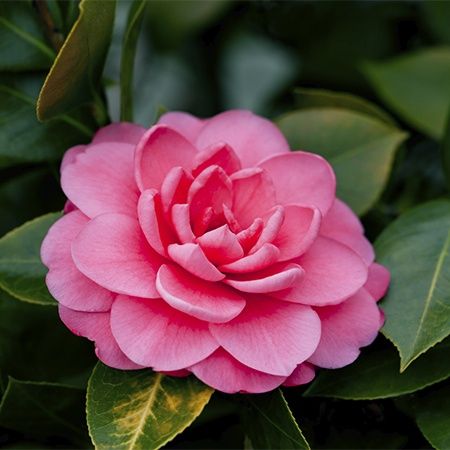Camellia Flower Meaning Japan

Camellia flowers are very popular in the far east having at one time been called by botanist engelbert kaempher the japan rose.
Camellia flower meaning japan. The camellia flower symbolizes young sons and daughters. Camellia japonica known as common camellia japanese camellia or tsubaki in japanese is one of the best known species of the genus camellia sometimes called the rose of winter it belongs to the family theaceae. Among warriors and samurai the red camellia symbolized a noble death. They were very popular with nobles during the edo period.
Camellias are also a highly respected flower in japan and is often referred to as the japanese rose. Camellia flower originates from asia eastern parts of the country and it has been claimed as one of the oldest cultivated flowers ever. Here camellia flowers grow wild and during the early spring entire fields will be covered in colorful camellias. The camellia is an early spring flower native to asia.
Japonica in cultivation with many different colors and forms of flowers. In china the camellia represents the union between two lovers. Camellia flower represents a religious symbol in the far east. Camellia flower meaning in japan and china the camellia is a symbol of love.
We have already mentioned that in japan camellia has another name rose of japan. In japan the camellia flower is often used in religious ceremonies as it symbolizes divinity. It also represents the coming of spring. In japanese this flower is known as tsubaki.
By 1700 camellia had over 900 japanese names and in the late 1730s the flower came to the market. Otherwise the red camellia means love. In korea it is also viewed as a symbol of faithfulness. It is the official state flower of alabama there are thousands of cultivars of c.
Japan in japan the camellia flower is called tsubaki and symbolizes the divine. People from asia know the camellia flower by the name japanese rose more. By 1800 camellia was used readily for tea and appeared in all manner of illustrations. It is often used in religious and sacred ceremonies.
The flower can also symbolize refinement perfection and faithfulness depending on the color and context of the bloom.














































